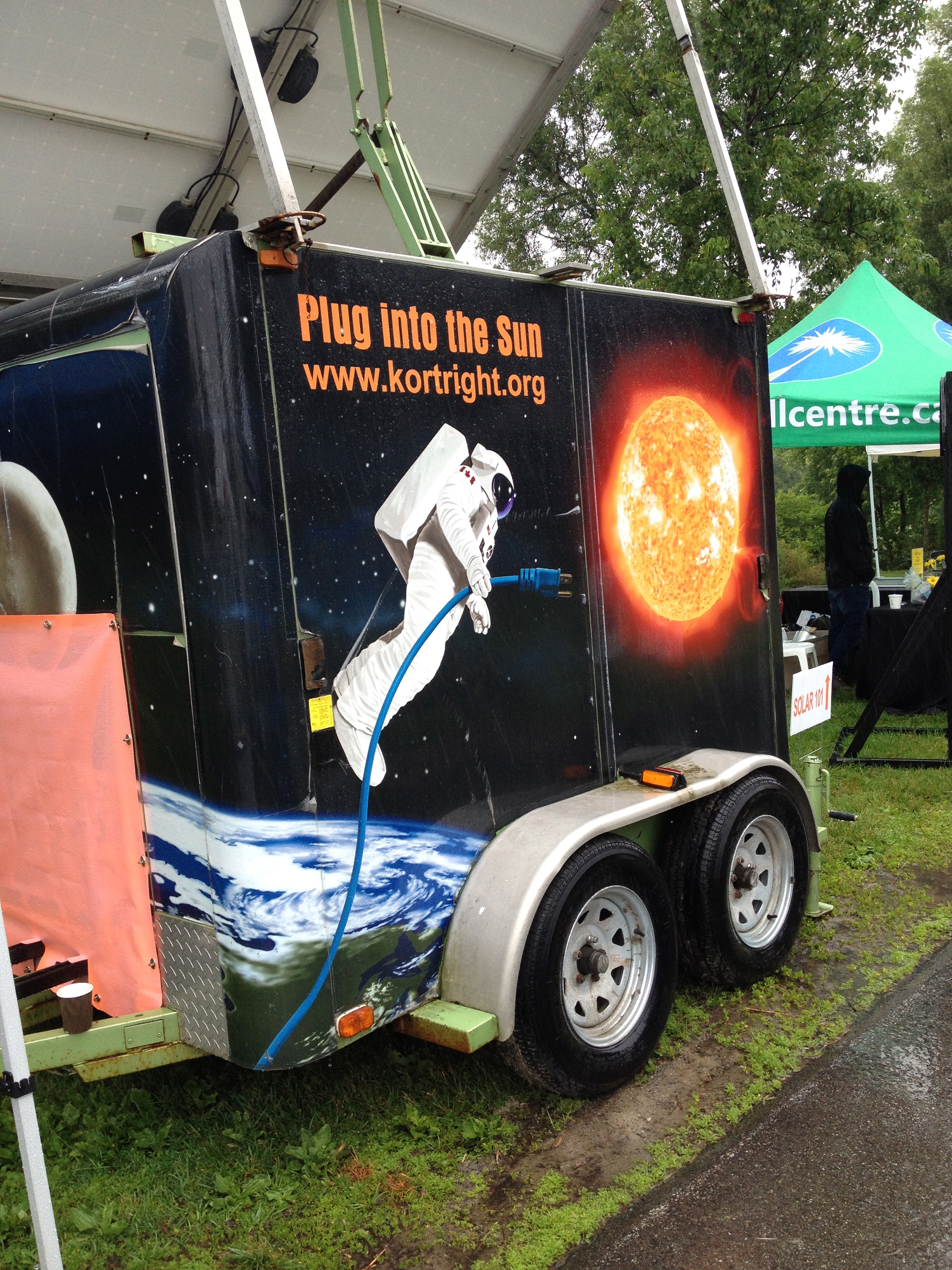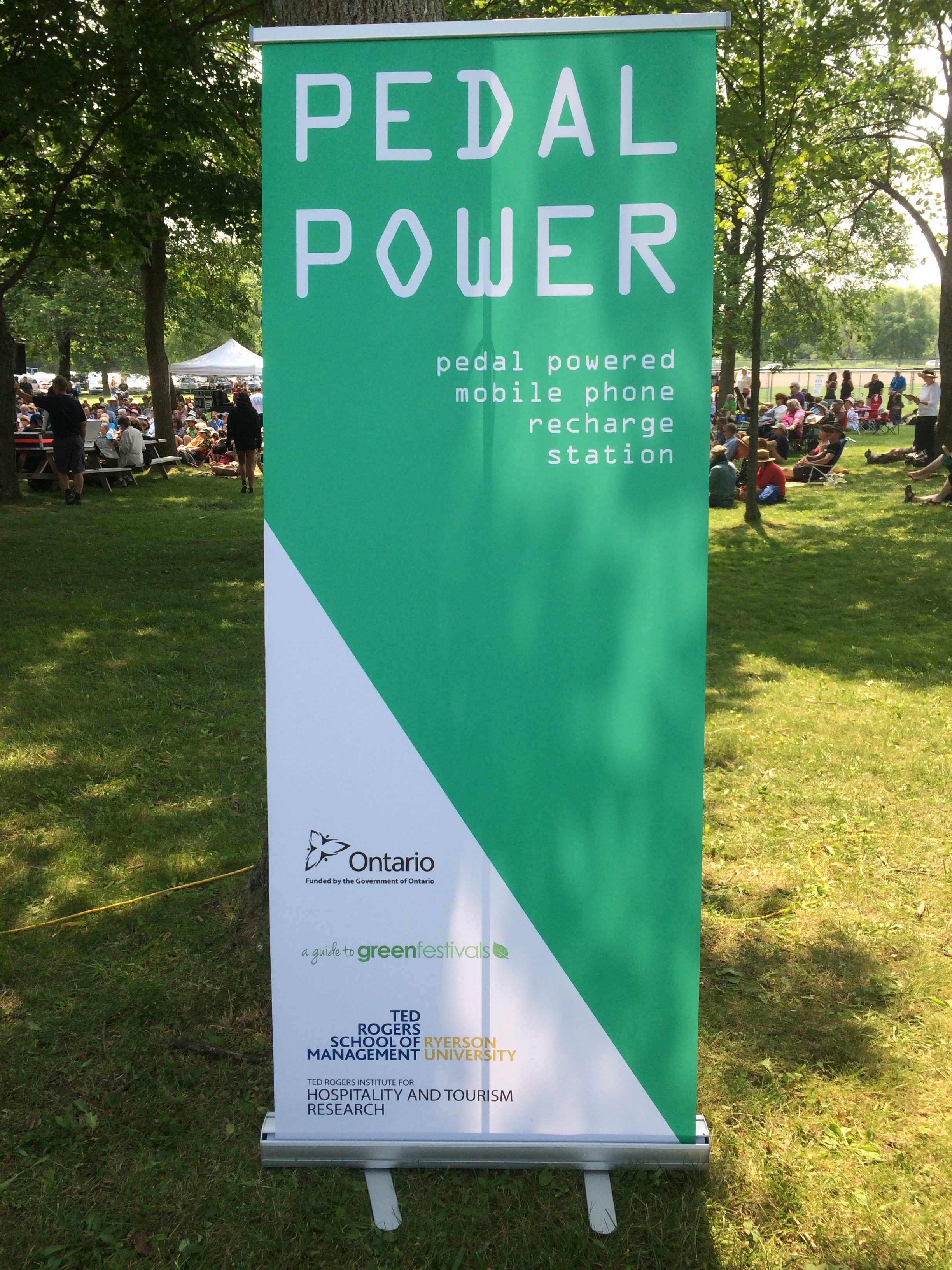
- Ensure that the energy savings features of all electronic equipment are enabled
- Ensure computer and television monitors are switched off when not in use
- Use a programmable thermostat and supplement air conditioning with ceiling fans
- Optimize the use of heating and cooling in buildings to reduce energy use and costs. In the winter during awake hours have your settings at 20 C, and when sleeping or not in the building, reduce it to 14 – 16 C. In the summer, daytime temperature should be set for 24 C, and while sleeping or not in the building choose 28 C
- Make use of natural light (as opposed to artificial light) wherever possible
- Turn off all non-emergency lighting in unoccupied spaces
- Close windows and curtains at the end of the day
- Minimize business travel through the use of teleconferencing and videoconferencing
- Ask suppliers to use renewable energy sources rather than diesel generators, where possible
- Take advantage of energy incentives to reduce energy use (see Resources)
- Have an energy audit completed, and review it annually to identify opportunities to reduce impact
- Track data for a baseline diagnosis of your resource use
- Calculate your building’s carbon footprint
- Use renewable energy, or purchase some energy from other renewable sources (such as Bullfrog power)
- Take steps to lower your organizations carbon footprint, and offsett your carbon with high- quality carbon offsets (or contributing to a local project to neutralise your impacts)
- Install auto controlled thermostats in all rooms and set temperatures
- Reduce lighting loads where possible (de-lamping or installing energy efficient lighting)
- Take advantage of regional climate, sun angles, and wind to maximize solar gain in winter and shading in summer
- Use double pane windows and ensure that windows are properly sealed to prevent temperature loss
- Create an anti-idling policy for all visitors, staff and volunteers
- Create a ‘lights off policy’, and all electric appliances, computers and lights are switched off at night
- Have weather striped and/or caulked doors and windows
- Paint wall surfaces light colours (reduces the need for artificial lights)
- Obtain environmental certification (large operators would qualify for ISO 14001)
- Record energy, water, and waste metrics on a monthly basis, and publish data in a public sustainability reporting
- Use the sun to heat hot water for space heating
- Have on-site renewable energy generation
- Ensure 100% of light bulbs used are low-energy (CFL, LED)
- Be carbon neutral
- Have a green fleet for transportation using hybrid, electric, and biodiesel vehicles
- Install a biomass absorption chiller to produce zero carbon air conditioning
- Develop a green roof to enhance energy performance, improve stormwater management and supplement water conservation (for any new buildings)

Energy Facts
Best Practise Case Studies
Solar Trailer
Mariposa Folk Festival, Canada
A solar trailer is used to power the late night stage in the camping area.
Energy Playground
Coachella, United States
Coachella has something called the Energy Playground/Factory. Festival attendees can learn about the latest advances in energy and ways to lower their footprint. Exhibits include bike charging cell phone stations, organic screen printing, solar powered mannequins, biodiesel workshops, and more. Includes the energy factory dj mixer – the human powered dj stage. It allows anyone to play, so long as they recruit 35 friends or fans to power their sets. Bikes, hand cranks, swings, seesaws, and human sized energy wheels provide the energy.
Vegetable Oil Power
Boom Festival, Portugal
Boom Festival’s vehicles (one truck, two vans) run on waste vegetable oil, and Boom also has one 100kw generator that runs on waste vegetable oil.
Solar Powered Stage
Hillside Festival, Canada
Hillside showcases solar technology by presenting spoken word and acoustic performances on a solar-powered stage.
Energy Monitoring
Ilosaarirock, Finland
Electricity consumption is monitored and calculated very carefully during the festival. Before the festival, each contributor, including sound and lighting suppliers, partners, and sales point keepers, need to provide exact calculations of how much their equipment consumes electricity. When circumstances allow, compromises are made in order to save electricity. Those sales point keepers who consume little energy can be granted an electricity benefit, which means a reduction in the rent they pay to Ilosaarirock Festival.
Energy Efficiency
Rocking the Daisies, South Africa
The festival aims to encourage energy efficiency whenever possible. LED lighting is used, all generators on-site are run off of bio-diesel, and other ‘green’ electricity is purchased from a wind farm.
Sustainable Phone Charging
Mariposa Folk Festival, Canada and Brock’s Big Bite, Canada
In 2015 a peddle power station was set up to allow visitors to use their own energy by peddling a stationary bike to charge their cellphones.
Light Bulb Efficiency
Cambridge Folk Festival, UK
On site electricians are asked o use LED and low energy light bulbs on stage and around the site and turn off lighting during the day, where it is safe to do so. The festival has switched where possible from large tower lights to energy efficient festoons around the site. Photocell sensors for efficiency ensuring lights are on when needed. The festival monitors their onsite energy consumption throughout the festival to always look at ways to reduce it.


